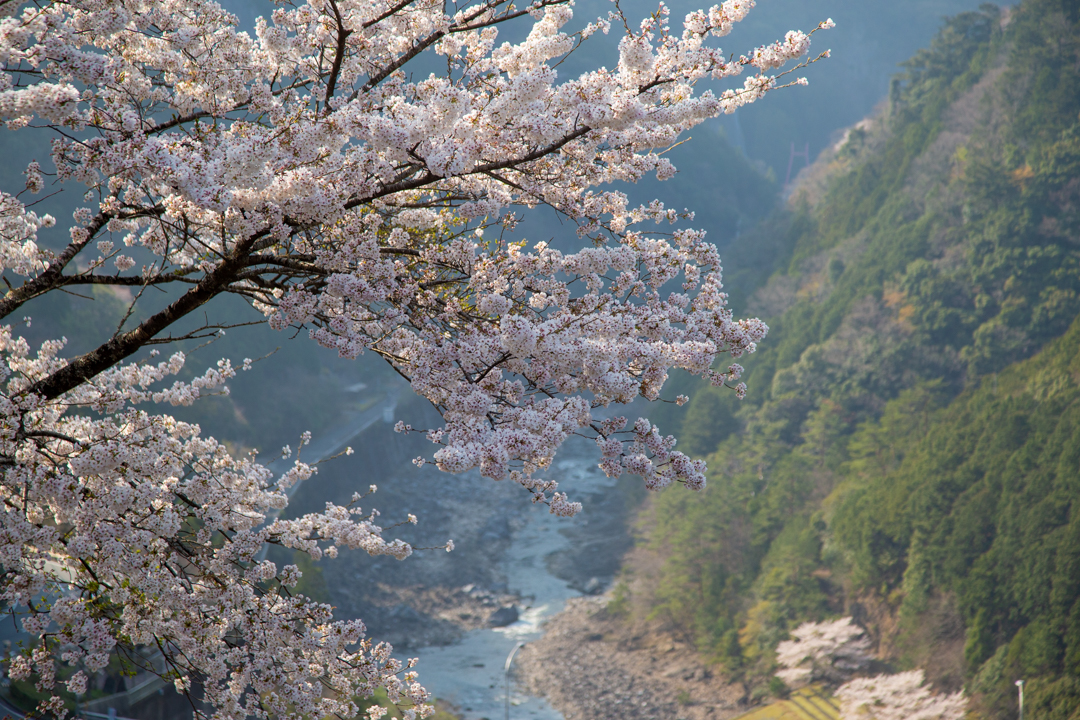たかはら・Takahara

This hamlet is home to Kawakami’s most thriving agricultural community has one of the highest populations of the village residents. Its history is believed the stretch back 1250 years. Because of its remote location on a hill far away from the river, it was largely unaffected by the construction of the Otaki dam. History here stretches back centuries and it appears that if any hamlet will continue on well into the future, Takahara will certainly be a stronghold.

In mid-August an event called Changokango「ちゃんごかんご」is held here every year, where for hours a taiko drum is beaten and climaxes with people swinging on the drum midair. The festival is believed to have its origins as a purification ritual against an epidemic, and it is possible that this could gain an elevated level of importance in the fight against COVID19.
There is a log cabin accommodation here if you’d like to base your stay in Takahara.

Fukugenji is the biggest Buddhist temple here and is worth a visit. It is located on a faraway hill from most of the residences in this village and appears to watch over for its safety. On the road up to this temple you will find 貝谷製麺所, where local somen noodles are made.


The path up to Atago Shrine resembles the walk up to the Fushimi Inari shrine in outer Kyoto.

Though faded with time, the the paint on Takahara’s Junisha shrine (十二社神社) is very distinct.

It appears that in the past massive cedar trees once stood here. New trees were planted within their stumps to rise from their remains.
